"Stowage methods" is still a frequently used term in the industry. But the use of containers and other cargo transport units (CTUs) demands further distinctions in the use of terms, because not only do the CTUs themselves have to be loaded and unloaded but also, the containers have to be positioned on land or on various means of transport. It is therefore necessary, for regulations such as the CTU guidelines, to define terms to distinguish between the various activities. The "Definitions" sections includes the following:
- Packing means the packing of packaged and/or unitized or overpacked cargoes into CTUs.
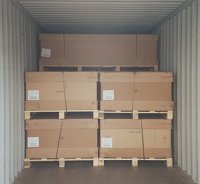 |
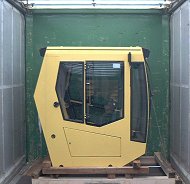 |
|
| Packing/stuffing a container | Packing a semitrailer |
Terminal staff often refer to "stuffing" the containers in this context. It is often also carried out at "packing centers". It is essential that all dead space in containers is filled.
- Unpacking means the removal of cargo from CTUs.
 |
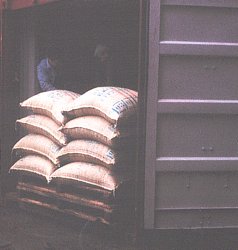 |
|
| Unpacking/stripping an import container containing coffee bags | ||
Terminal staff often refer to this activity as "stripping".
- Stowage means the positioning of packages, IBCs, containers, swap-bodies, tank containers, vehicles or other CTUs on board ships, in warehouses and sheds or in other areas such as terminals.
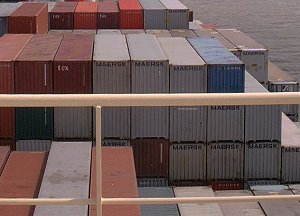 |
Stowage on board a full container ship |
 |
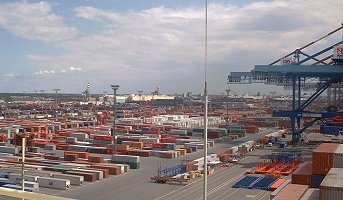 |
|
| Container stowage on land | ||
It should be obvious that every container load needs to be packed carefully. Where necessary, packing should be supplemented by appropriate load securing measures:
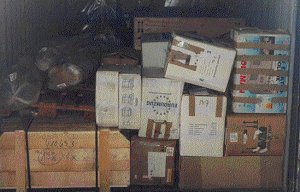 |
Unfortunately, not everybody thinks that the need for careful packing is obvious. |
Here we see household effects which were not stowed properly.
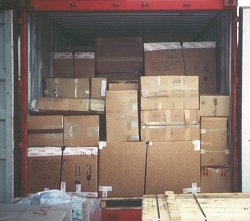 |
It is often difficult to pack carefully. |
Here we can see commercial goods. Packages with different dimensions often present the packing staff with problems which are difficult to resolve. If the dimensions of the packages do not meet the requirements of modularity, any gaps which remain must be filled in rigorously.
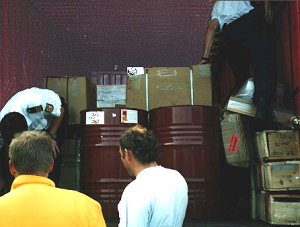 |
Inspecting an outgoing container |
On arrival in port, random checks are occasionally performed to ensure that a load has been packed and secured correctly. However, these checks are mainly limited to a small number of containers carrying dangerous goods. They are arranged or performed by the harbor police or by the shipping company. It is unusual or even impossible for a load to be checked or corrected during a sea voyage. Loading and securing must therefore always be performed correctly. Stowage and securing errors made prior to acceptance of the container or which arise during the voyage can thus have more serious consequences than errors with a non-containerized load. Time is also a significant factor: On a long sea voyage, even minor initial deficiencies can develop into serious losses. The proportion of containers considered inadequate is alarmingly high. Around 70%!
There are a number of national and international regulations relating to shipping and transport which provide important guidelines on how to handle and package goods, as well as how to pack and secure them. These legal stipulations are supplemented by a number of civil-law regulations and contracts, in particular special conditions for individual means of transport. Further information can be found in the recommendations of special organizations or various companies. Loads can only be transported safely around the globe by observing some fundamental issues. The only way to prevent damage from arising is by packing and unpacking in a professional manner and by using appropriate packing and securing methods. All preparation and final work must be fully integrated in operational organization procedures. The remaining units in this section of the Container Handbook address and explain a number of important issues.